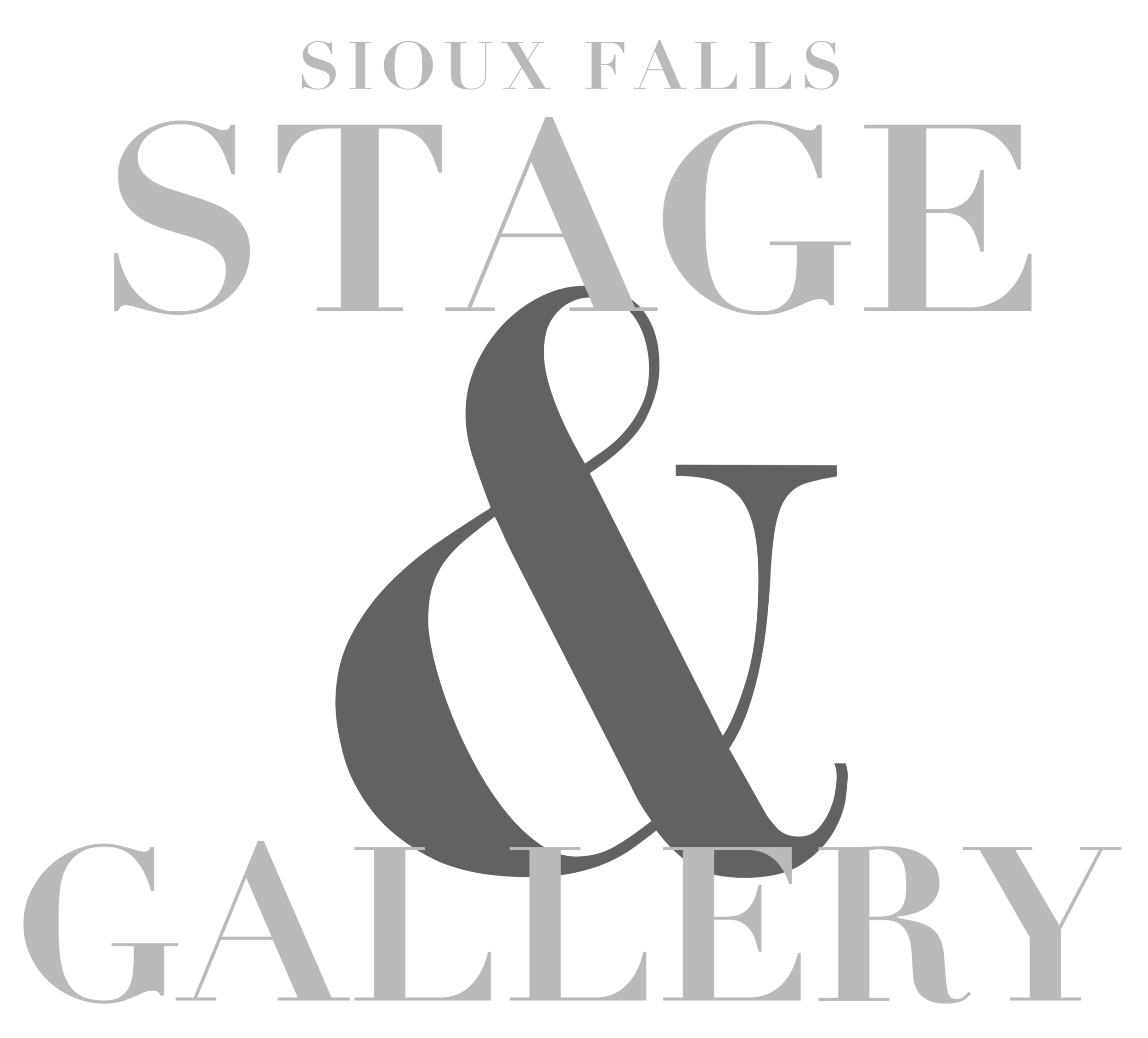Strong Enough
Uniting a passion for expression-filled dance and physical wellbeing, Sioux Falls performer McKenzie Kock knows a thing or two about setting and exceeding goals. And thanks to an upbringing in the local dance scene and a zest for educating and strengthening the next generation of artists, she’s living that mission out daily.
“I have been dancing since I was three,” said Kock, who started her performing journey at Balleraena Dance Studio, where she continues to teach youth dance classes as an adult. “The first year that Raena (Rasmussen) opened, I was there, ready to go!”
Since that first dalliance with dance, Kock began dancing with Balleraena founder Raena Rasmussen’s pre-professional dance company.
“We were a bunch of high schoolers learning 16 dances every year, with guest artists flying in from Los Angeles, New York, Chicago,” she said. “So it was really cool to be immersed in all sorts of styles and choreography backgrounds.”
Post-high-school, Kock found herself at Minnesota State University – Mankato studying exercise science and minoring in dance.
“I also did sideline cheer and had a passion for exercise science, how the body works and health,” said Kock, who by day works at FYZICAL Therapy & Balance Centers, a clinic here in Sioux Falls. “We do a lot with balance patients, including dancers. It’s kind of cool to mesh my two passions of health and fitness and the body and dance.”
In addition to her daytime work, Kock has been a performer with LiRa Dance Theatre Company, a local professional dance troupe, since its inception eight years ago, as well as coaches competitive dance for Balleraena and O’Gorman High School.
And all of these experiences have added up to a meaningful and consistent form of expression for Kock, whose seen the value and the impact dance has had on her life in and out of the studio.
“I just love being able to walk into the studio and be myself and ask questions without feeling pressure,” she said. “It definitely helped me open up — I was a very shy person. I didn’t talk at all. I feel like this has really helped me become who I am today. It’s been really cool to see myself grow with the art, too. It’s helped me build work ethic and dedication. Outside the studio, it’s helped me shape who I am today.”
The physical aspects of an upbringing in dance have piqued Kock’s interest to the point where her background in exercise science affects not only her personal training choices but what she imparts on the young dancers she teaches.
“It’s helped me find a passion in strength for dancers — conditioning them to make sure they’re strong enough to be able to achieve what they want,” said Kock, who has her exercise physiologist certification through the American College of Sports Medicine. “We’ll have girls come in who say they’ve been stretching for months and can’t get their splits, and sometimes that’s because they’re doing the wrong stretches. We might need to go in and figure out what works for their body — because what works for mine, might not work for somebody else’s.
“It’s kind of changed my way of teaching — you have to individualize it to each person. Not everyone has the same pathway of how to achieve and identify their goals. For myself, to be able to find the muscles that I should be engaging, I can now figure out why something isn’t feeling right, whether it’s a muscle not activating or an issue with rotation. It’s made me be a smarter dancer and protect from injuries myself, too.”
And that methodology applies to the selection of a particular style or discipline of dance, as well. “When I was doing dance conditioning, I was doing a ton with dancers who were focused more in ballet. With that style, you need a lot more mobility and flexibility, and you don’t want your muscles to be bulked up. Whereas, we also worked with Irish dancers, and they require a lot more postural, upper-body stiffness and strength, as well as a lot more quad work.
“Then your average studio dancer who does it all — lyrical, jazz, tap — they’re focused more on strength and overall body awareness. So it’s been kind of cool to cater how we help people based on their style of dance.”
So what’s next for the performer? She’s committed to ensuring that dance is a critical and important part of performing arts in Sioux Falls, that contributes to the community’s — and dancers’ — quality of life.
“Right now, I’m loving what I do. I want to continue it until I’m 80 years old! I just want to help grow the dance community in Sioux Falls — helping girls find their true passion for it.”

